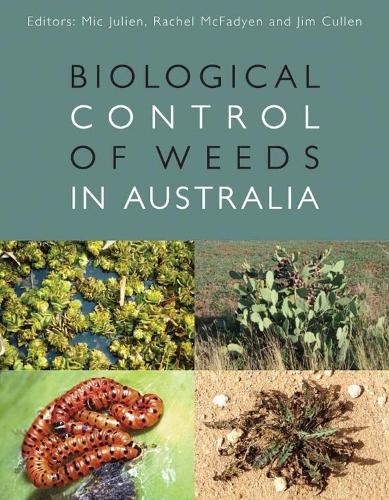
Biological Control of Weeds in Australia
(Hardback)
Publishing Details
Biological Control of Weeds in Australia
By (Author) Mic Julien
Edited by Rachel McFadyen
Edited by Jim Cullen
CSIRO Publishing
CSIRO Publishing
1st March 2012
Australia
Classifications
Professional and Scholarly
Non Fiction
Zoology: invertebrates
Applied ecology
Environmental management
632.58
Physical Properties
Hardback
648
Width 210mm, Height 270mm
Description
Biological control of weeds has been practised for over 100 years and Australia has been a leader in this weed management technique. The classical example of control of prickly pears in Australia by the cactus moth Cactoblastis cactorum, which was imported from the Americas, helped to set the future for biocontrol of weeds in many countries. Since then there have been many projects using Classical Biological Control to manage numerous weed species, many of which have been successful. Importantly, there have been no serious negative non-target impacts the technique, when practised as it is in Australia, is safe and environmentally friendly. Economic assessments have shown that biocontrol of weeds in Australia has provided exceedingly high benefit-to-cost ratios. This book reviews biological control of weeds in Australia to 2011, covering over 90 weed species and a multitude of biological control agents and potential agents.
Author Bio
Each of the editors has been involved in research and management of biological control of weeds for over 30 years. They have managed teams that have been involved in all facets of research in this field including overseas exploration, host specificity tests, releasing and evaluation. Each has contributed significantly to the scientific literature. Mic Julien was leader of CSIRO Entomology's Ecology and Management of Tropical Weeds Group. Rachel McFadyen was the manager of the Allan Fletcher Research Station, Department of Primary Industries, Qld. Jim Cullen was the chief of the CSIRO Division of Entomology.
